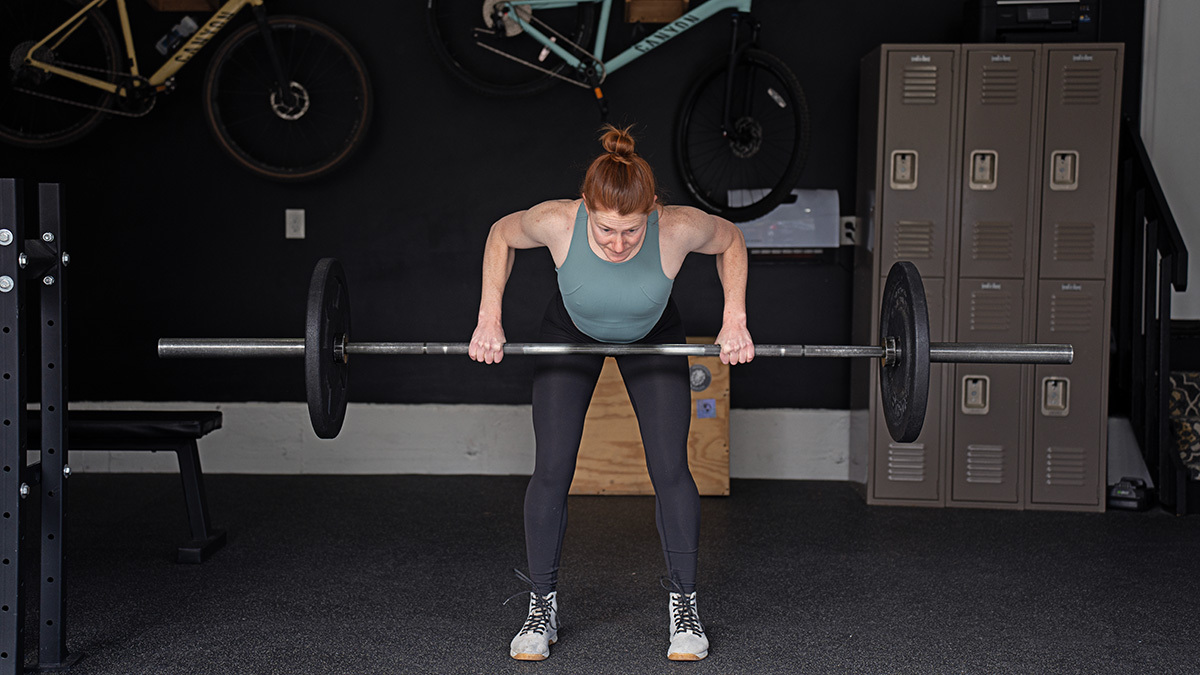Get Good Squat Mechanics for Life
The air squat epitomizes full-body functional movement, mirroring everyday activities like sitting in a chair, squatting down to grab something from a bottom shelf, or getting eye-level with a mischievous toddler. Watch this toddler effortlessly squat to check out something on the ground, and you’ll see the innate human ability ingrained within us. Our bodies were made to squat. It’s as natural as walking, leveraging the intricate interplay of ankle, knee, and hip joints to defy gravity’s pull.
Your ability to squat without weight provides valuable insights into your overall fitness level. All elite athletes can perform an unweighted squat, while beginners usually struggle. Mobility constraints or past injuries can hinder proper engagement of the musculature you need to squat with toddler-proficiency.
Truthfully, you need to be able to squat without weight before you add a barbell.
This foundational movement serves as a litmus test for functional fitness, a yardstick against which one’s physical independence and longevity can be measured. How much more independent is the 80-year-old who can still do an air squat, compared to their stiff friend at the retirement home who needs help getting up and down?
If health is wealth, then a solid air squat is a fully-funded 401K. Get to know proper air squat mechanics and practice them like your life depends on it.
Perfecting the Air Squat: Key Positioning
Your squat position will vary based on your body’s structure. The lengths of your femurs compared to your torso and how your joints fit together are factors that make for slight variations in your stance versus other athletes. Not all athletes squat exactly the same way, but there are some universal truths for a quality squat.
Stance Variations
Establishing your stance is the first step — think about building your entire squat from the ground up. Experiment with foot positioning between hip to shoulder-width apart, no wider or narrower. Your stance preference will vary depending on your ankle/hip mobility. Get a feel for it by practicing your squat within that ideal width range.
Toe Alignment
The orientation of your feet is crucial for your squat mechanics. Point your toes forward or slightly outward, aiming to align your feet according to your anatomical structure, mobility, and motor control. Beginners and novice athletes should try both angles, the goal being balanced weight distribution from the ball of your foot to the heel, with a slight emphasis on heel contact for stability. Try squatting barefoot to get a good feel for the nuances here, and check out this video for a deeper dive on the subject.
Maintaining Spinal Integrity
Preserve the natural curvature of your spine throughout the squat, avoiding excessive arching (the most common fault) or rounding of your lower back. Work on your pelvic control by imagining your pelvis as a stable “bucket” — don’t let the bucket tip over in either direction. Squatting with a neutral spine is key to keeping your core engaged and your back injury-free. This video does a great job of elaborating on the idea.
Hip Engagement
With your stance, feet, and core in good, stable positions, initiate the squat by unlocking your hips and sitting back. Counterbalance the descent by extending your arms forward or slightly up. Keep a proud chest and aligned knees tracking over the toes. Regardless of your squat stance, your knees should track over your toes (or their outer edge). If your knees flare out or cave in, it’s a red flag that your positioning needs to be fixed. Your knees can come past your toes as long as you’re in alignment with balanced feet. Prioritize alignment and stability over arbitrary depth thresholds.
Depth and Recovery
Shoot for full-depth squats even during warmups. “Full-depth” means the angle of your thighs are past parallel to the floor. Experiment with different depth targets, gradually progressing to full range with good positioning for your body. It may take time and commitment to working on your mobility sticking points to achieve a deep and stable squat.
For workouts with high volume or fast air squats programmed, you only need to hit past parallel before you stand up. When returning to the standing position, emphasize glute activation and hip extension by driving through the floor, squeezing your glutes and pushing your hips forward. These cues are especially helpful when you have a loaded barbell on your back.
In basic fitness, the air squat reigns supreme as the ultimate benchmark of functional movement. Remember: just because a squat is unweighted doesn’t mean it’ll always feel easy. Your body is using every large muscle to hold tension in the right places, recruiting your entire posterior chain, and forcing you to stabilize your midline while using deep joint mobility.
Regardless of your sport, athletic background or age demographic, mastering the squat is essential for sustained health and vitality — a natural movement for grandmas and toddlers alike.
Squat proficiency lays the groundwork for a lifetime of strength and independence, and it all starts with the air squat.










